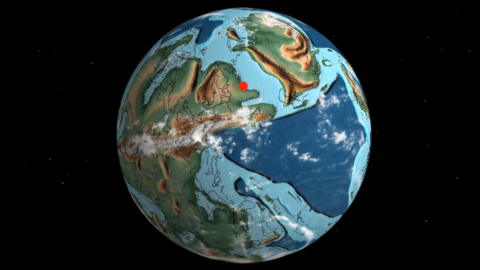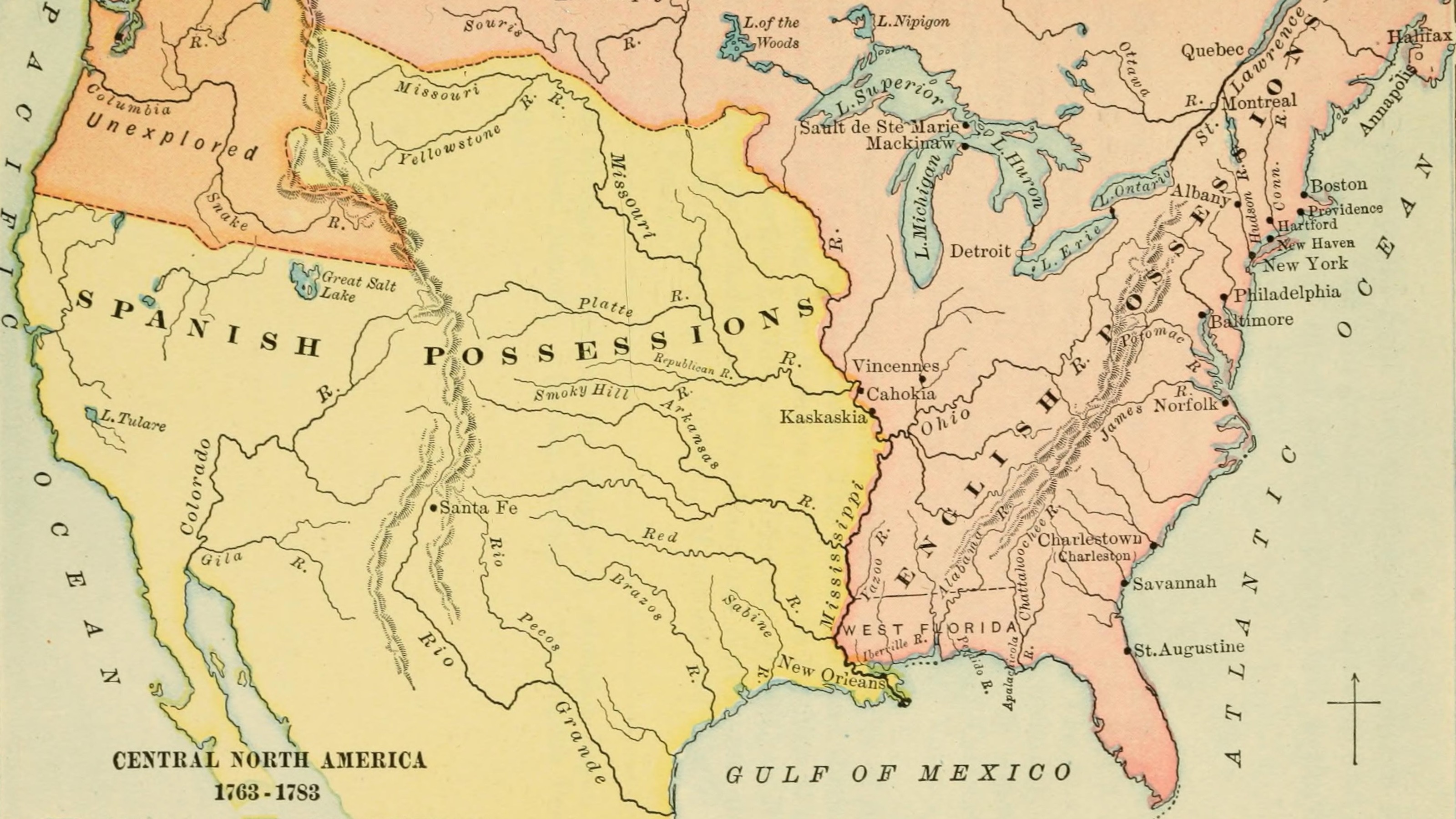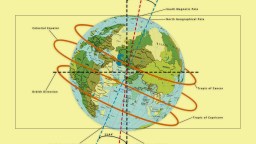Housebound? This map lets you travel through time

Image: Ancient Earth Globe, reproduced with kind permission.
- If you love travelling, a pandemic like this is not the greatest of times.
- But here's a way to go somewhere else without even leaving the house.
- This interactive tool lets you travel up to 750 million years back in time.

Image: Ancient Earth Globe, reproduced with kind permission.
Berlin in deep time. Left to right: in the Neocene Period (20 million years ago), Berlin is on a vast plain that includes what would become the Baltic Sea; in the Devonian (400 million years ago), it’s on the southern edge of a turtle-shaped continent; and in the Ordovician (470 million years ago), Berlin is on an island south of what was to become, many millions of years later, the Black Sea.
No matter where in the world you are, the virus continues to be out there somewhere, as keen as ever on making your acquaintance. The best policy remains: avoid contact with others, avoid unnecessary travel. In short: we’re all stuck at home a whole lot more than we’d like to.
After the better part of a year spent under various forms of lockdowns and other restrictions, many are suffering from an increasingly itchy version of wanderlust – the urge to travel – and it’s becoming harder and harder not to scratch.
Here’s an interesting alternative: instead of traveling through space, why not stay put in the first three dimensions and travel through the fourth one instead? It’s a trick performed to great acclaim by H.G. Wells in “The Time Machine.”
The protagonist in Wells’ 1895 novella travels to the terrifying future populated by Eloi and Morlocks and even further forward to the final days of Earth, without having to leave the laboratory attached to his house.

Image: Ancient Earth Globe, reproduced with kind permission.
New York City through the ages. Left to right: Early Triassic (240 million years ago), in the middle of a megacontinent opposite future Morocco; Carboniferous (340 million years ago), still coastal, but mirrored – the ocean to the west, the land to the east; Late Ordovician (450 million years ago), near the tip of a very Long Island indeed.
And thanks to the Ancient Earth Globe, you can now travel 750 million years in the other direction, also without leaving your house. You don’t even need a lab; just go to the interactive map built by paleontologist Ian Webster. Here’s how it works.
- Type in the name of your hometown.
- Its coordinates are ‘geolocked’ onto the globe.
- As you scroll through the past ages of the Earth, the continents shift shape and change place.
- Watch the surroundings of your location modify accordingly. Now you’re high up in the mountains. And now you’re getting your feet wet in the middle of a nameless ocean.
There are several ways to navigate the deep past presented by the Ancient Earth Globe.
- From the drop-down menu on top, you can pick one of 25 specific times, from zero to 750 million years ago.
- Or pull one of 19 significant events from the menu on the right-hand side: the time of the first dinosaurs or the first flowers, the time of the supercontinents of Pangaea or Pannotia, the Jurassic or Cretaceous era.
- Or you can time-travel casual style, by using the left and right arrows on your keyboard to flip through prehistory.

Image: Ancient Earth Globe, reproduced with kind permission.
Time travel in Buenos Aires. Left to right: Late Jurassic (150 million years ago), glued to Southern Africa; Carboniferous (340 million years ago), in the middle of a giant bay; Silurian (430 million years ago), on the north shore of a large continent, facing a Hawaiian-like chain of islands.
The purpose of the Ancient Earth Globe is to provide its users with an appreciation of the dynamic nature of our planet’s appearance. The map of the world that we experience as ‘fixed’ is anything but. The tectonic forces that shift, split and collide entire continents are constantly at work. Except that our lives are too short to really experience the changes they bring about.
But go back far enough into the past, and what’s familiar becomes strange. Dry land transforms into ocean floor. Seaside towns move to the middle of strange continents. Cold climes turn tropical, and vice versa. Imagining such exotic pasts may not be the same as actually going there. But it sure beats watching the news in this Groundhog Day of a year.
Images from the Ancient Earth Globe reproduced with kind permission by Ian Webster
Strange Maps #1052
Got a strange map? Let me know at [email protected].





